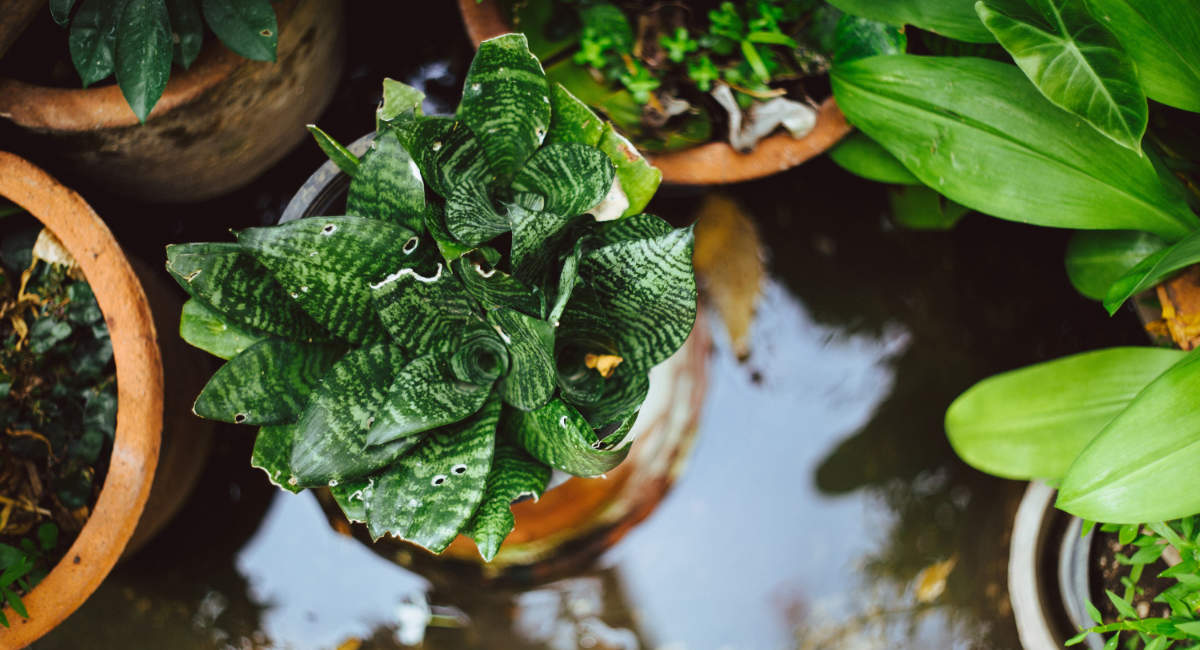It may have been a relatively mild winter, but the rain has been incessant and we’re not out of the woods yet. Warmer, wetter winters are becoming more evident with climate change – and water logging can be a problem for plants if wet weather persists into spring.
Guy Barter, chief horticulturist at the RHS, explains: “We shouldn’t be unduly worried about all the rain affecting beds and borders because when the soil is cold in winter, the roots and the organisms around them are pretty much dormant.
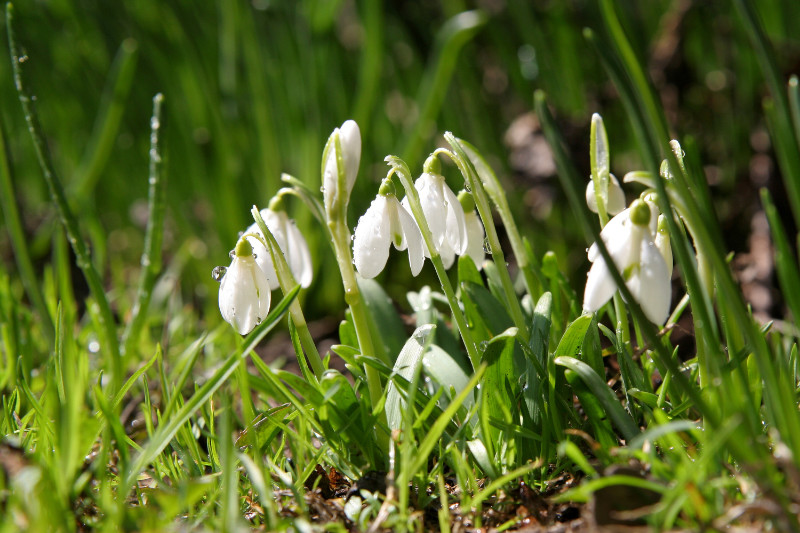
“They are never completely dormant, but dormant enough to avoid infection,” he adds. “The roots compartmentalise any damage they suffer in winter.”
If the rain continues into spring however, it can be extremely damaging because the roots come back into life as the soil warms up. Then they are respiring (breathing) and can’t get the oxygen they need because the water has pushed it out of the soil, Barter explains.
“It’s a very different matter if we get water logging in the spring and summer, when the damage can spread through plants, which become vulnerable to root-rotting infections.”
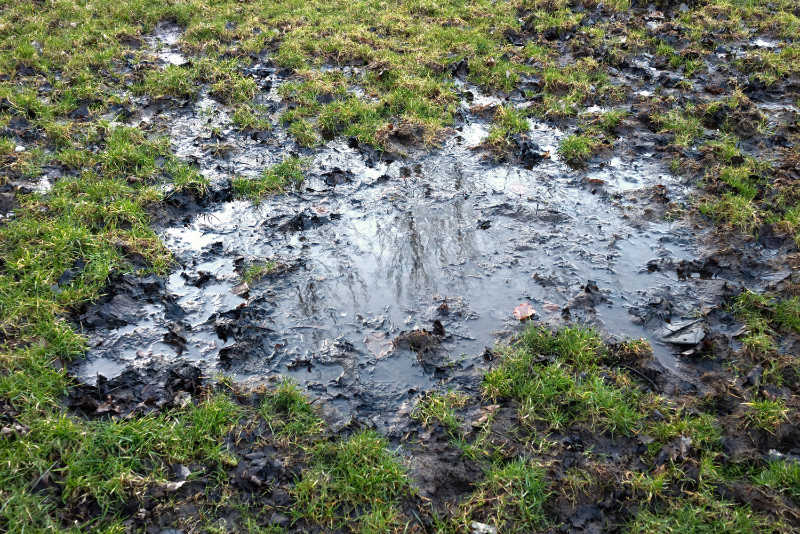
If we have lots of rain and a mild winter, plants tend to come on quicker and you may see many in bud earlier than usual, he notes.
“If a frost hits in winter, some plants, such as hellebores, will go limp and flop to the ground, but when the weather gets better they will come up again. Others, like viburnums, will see their flowers burn off, but more will come back later.” However, a savage frost in late-spring can mean the loss of many flowers and plants, he warns.
So, you need to be prepared for the worst of the rain and the chance of a cold snap. The RHS offers the following advice.
Short-term remedies for water logging
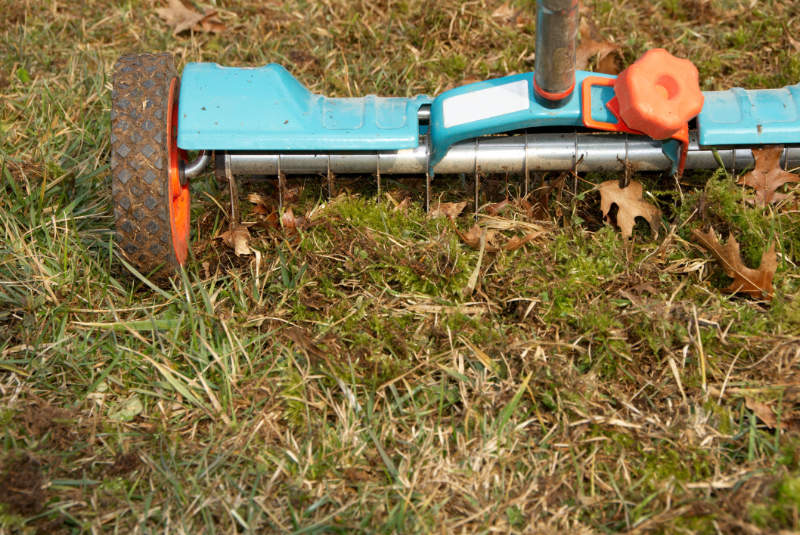
1. Identify areas of your lawn which get soggy and spike them and rake in top dressing to help you improve drainage.
2. Cover smaller flowering plants with a cloche or fleece before frost to protect blossom against frost damage.
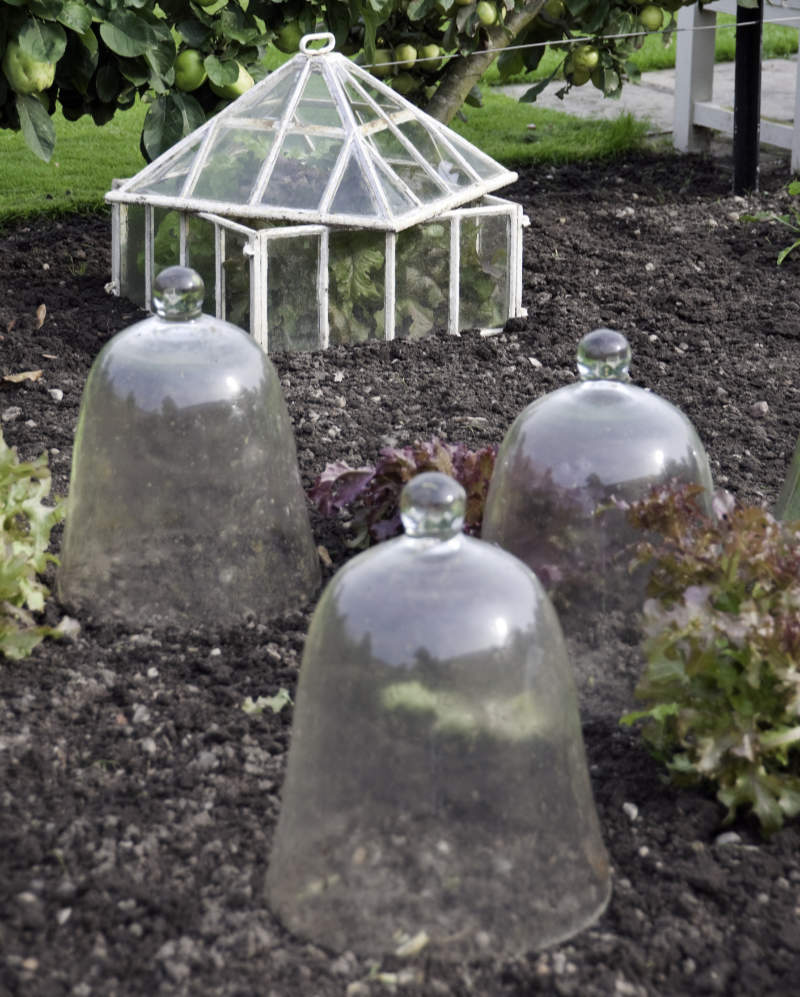
3. Upturn water logged plants in pots. Remove the parts of the root system that are affected and replant into fresh compost. A smaller pot may be required due to the reduced root mass.
4. Try to keep off water logged soil until it is workable, to avoid worsening the conditions.
5. Remove dead or dying shoots from affected plants.
6. Apply a dressing of balanced fertiliser in the spring and mulch over the root area.
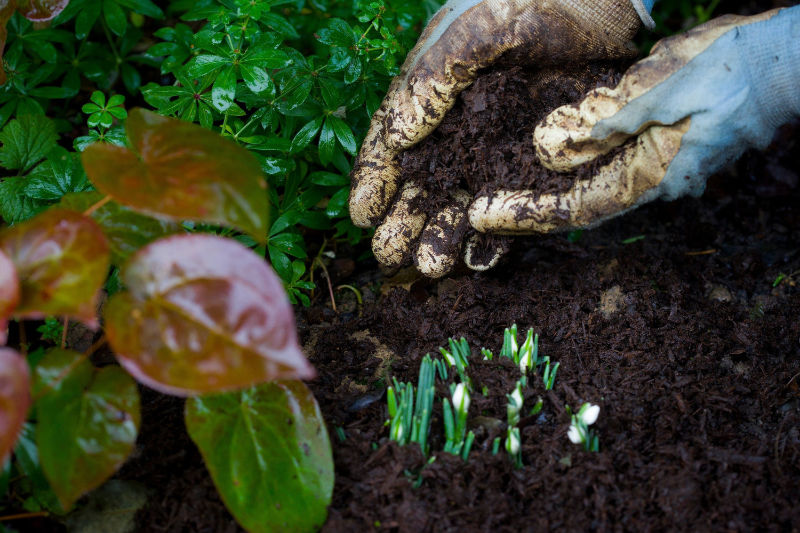
7. Give foliar feeds during the growing season to help improve leaf colour and encourage new root growth.
8. Water thoroughly in dry spells as plants will be more susceptible to drought stress following water logging.
9. If you have a tender plant, which could succumb to frost damage, grow it in a pot against a wall, covering it overnight with fabric or horticultural fleece when frost is forecast.
Discover 5 clever time-saving tips for the busy gardener.
Long-term prevention for water logging
1. If your lawn is prone to water logging, reduce the damage by installing paths and stepping stones so that it doesn’t suffer underfoot.

2. Select plants which are likely to grow well in wet soils, including Iris sibirica, some lobelias, dogwoods, elders and even daffodils. Avoid plants such as lavender and rosemary, which may struggle unless you put them in a raised bed. Other good plants for wet soil include Zantedeschia aethiopica, hosta and Hydrangea paniculata.
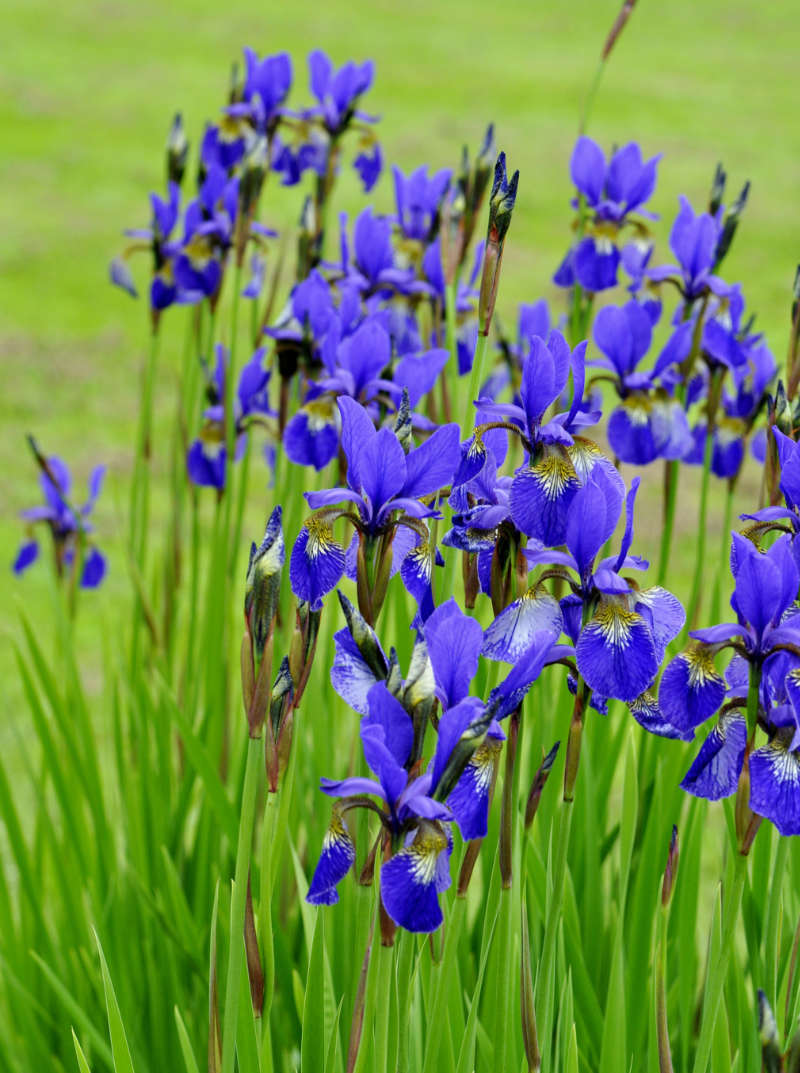
3. Carry out digging in the autumn, working in organic matter to help improve drainage and aeration.
4. Avoid overwatering container plants and ensure they are well crocked and free draining.
5. If there is somewhere for water to go, drainage can be installed. Or, where appropriate, it may be worth digging out a ditch or seasonal pond at the lowest part of the garden to catch surplus water and let it soak in slowly.
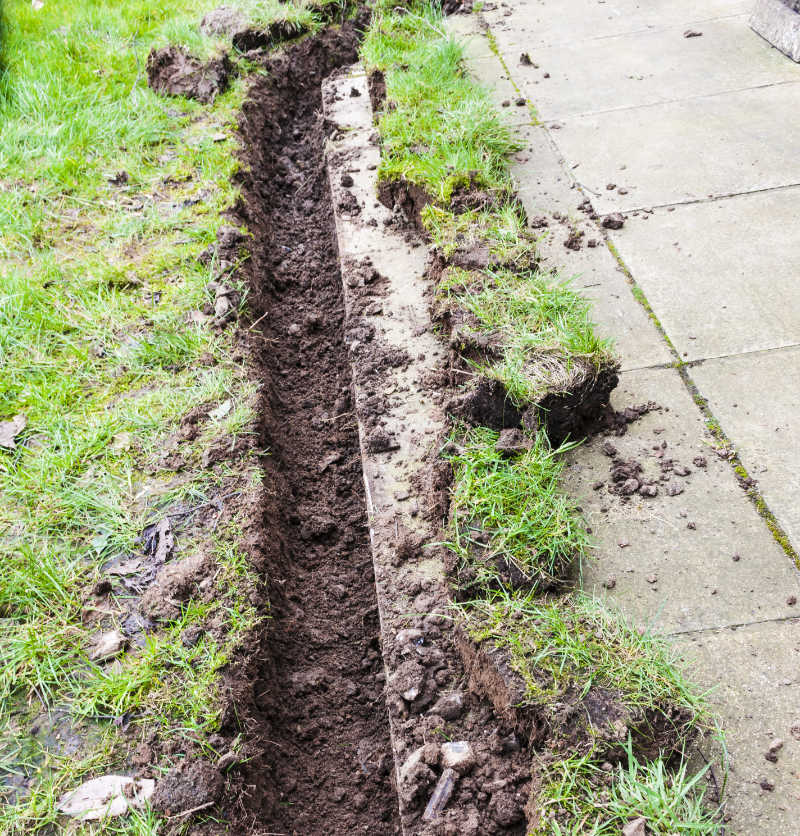
6. Avoid smearing the sides of planting holes on heavy soils – use a fork for digging and break down the sides.
7. Grow plants in raised beds, or plant trees and shrubs on a slight mound, so the plant roots aren’t sitting in the water.
8. Use a very thick mulch of organic matter around particularly susceptible plants. This creates an aerated area between sky and soil where roots thrive even in wet conditions.
9. Choose permeable surfaces when laying drives, paths and patios to allow rain to soak in.
Garden trends 2020 – plants, landscaping and styles for the year ahead























































